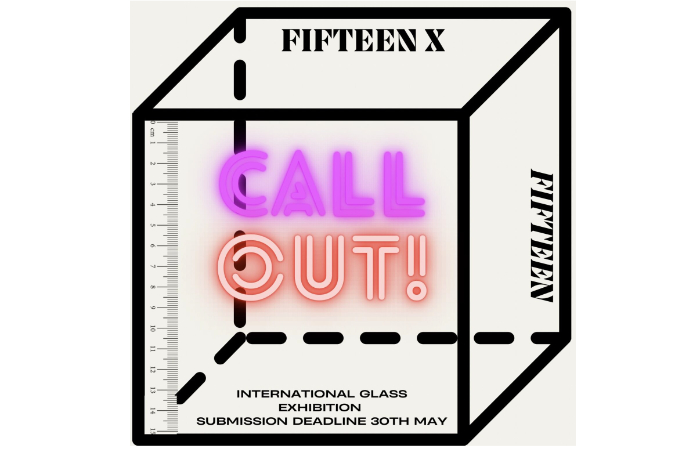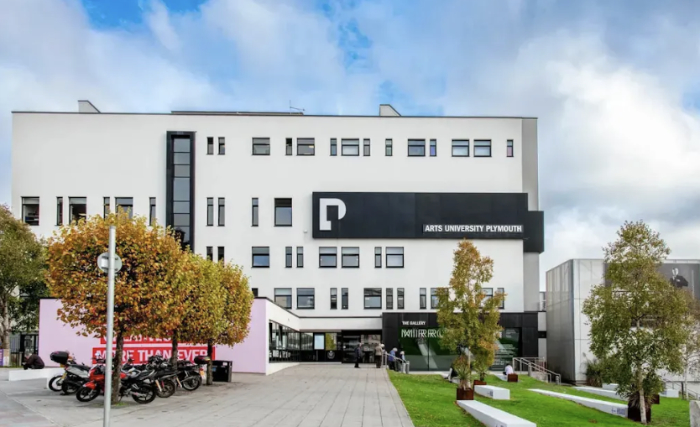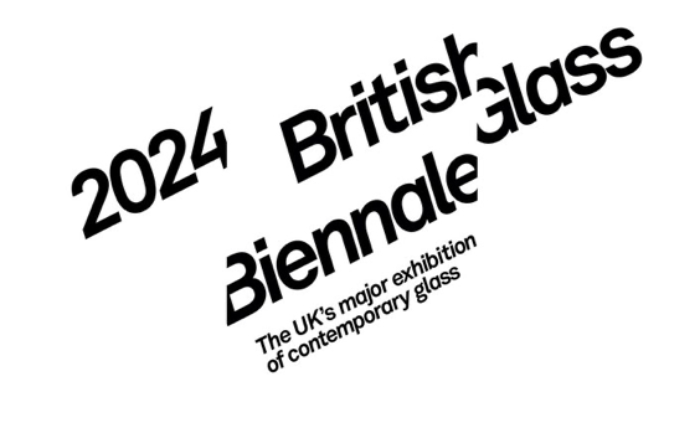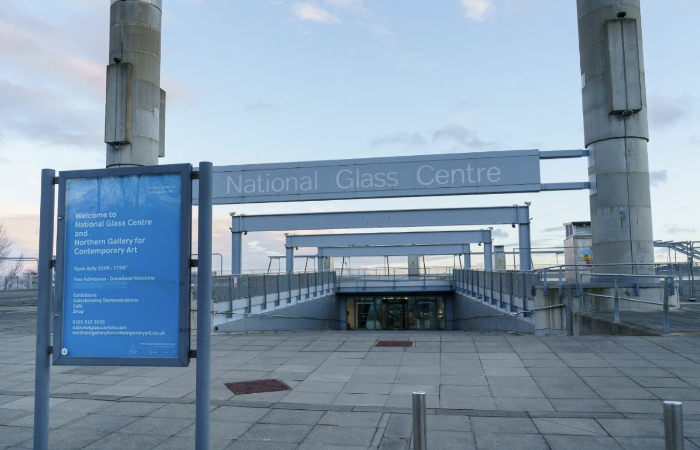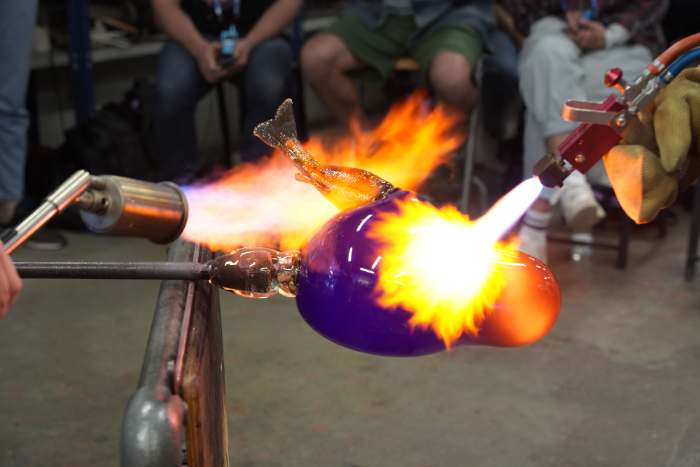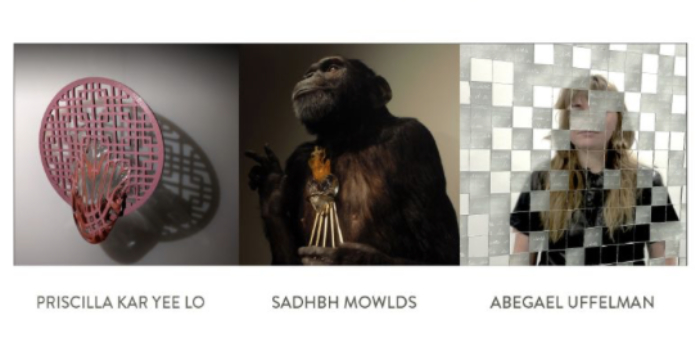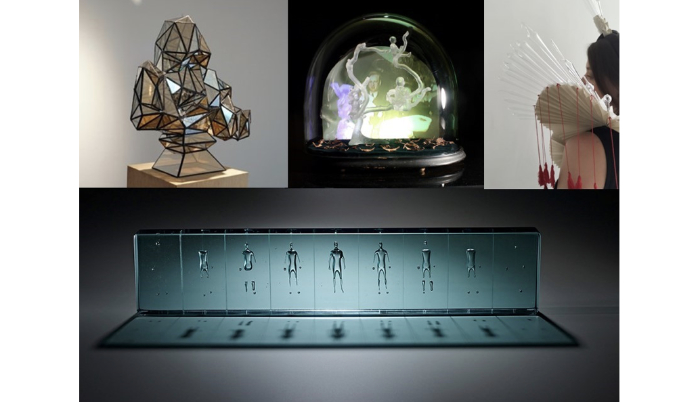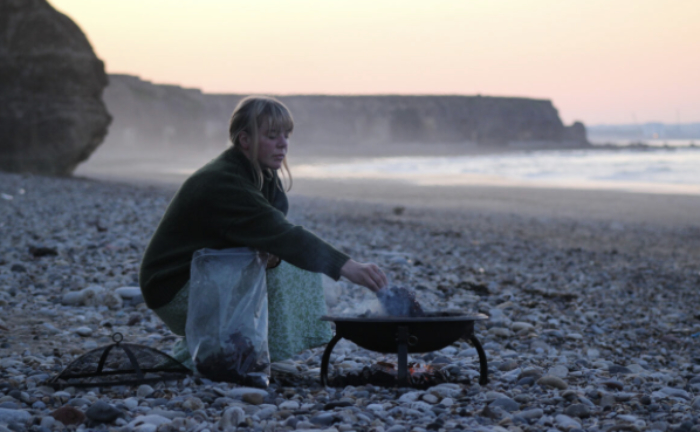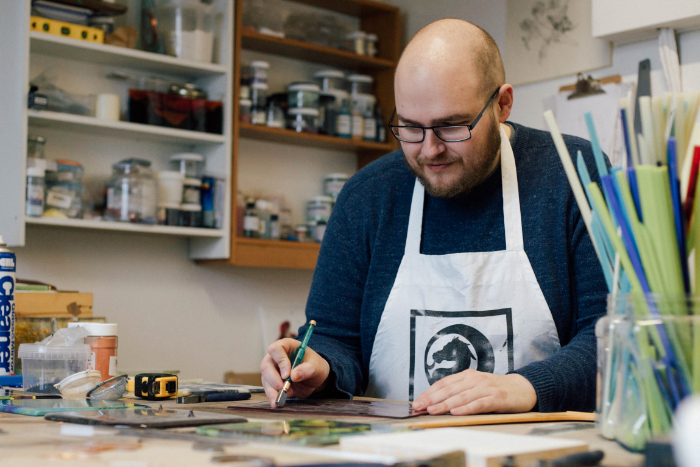
Would you like the opportunity to show your glass work in Scotland this autumn? If you are a UK-based member of the Contemporary Glass Society (CGS) or Scottish Glass Society (SGS), apply now to exhibit in the ‘Balance and Harmony’ exhibition.
The SGS has invited CGS to collaborate on a joint exhibition of contemporary glass art, created by members of both societies. A panel will select the chosen pieces.
The exhibition will be held in the Trades Hall, Glasgow, Scotland, in the Merchant City area. It runs from 18 to 25 September 2024, coinciding with the Glasgow ‘Doors Open’ week. There will be a Private View/Opening on 17 September at 6pm.
The ‘Balance and Harmony’ theme invites artists to explore the interplay between contrasting elements, whether through form, colour, texture or concept, and to express the inherent beauty found in harmonious coexistence.
Artists may choose to interpret this theme in a myriad of ways, addressing not only the balance and unity within their individual artworks, but also reflecting on broader societal, environmental and spiritual notions of harmony and equilibrium.
Artworks could range from serene and contemplative pieces that embody a visual sense of tranquillity, to compositions that ingeniously juxtapose disparate elements to create a cohesive and balanced whole. From the use of complementary colours and textures to the incorporation of symbolic imagery representing harmony and equilibrium, the potential for artistic exploration within this theme is vast.
The aim of the exhibition is to demonstrate the amazing contemporary glass that makers of CGS and SGS create and to let the public appreciate and enjoy its magical colours, textures, use of light and variety of techniques. It is also an opportunity for the public to not only discover their own local glass artists but to encounter work from other SGS and CGS members. The work displayed will feature as wide a range of techniques as possible.
The entry fee is £40 per application for members, plus an additional £15 if the applicant is unable to invigilate during the exhibition opening. The fee for students is £20. This entitles applicants to include a maximum of three entries.
All work should be for sale. There will be a commission of 30% on sales and you should reflect this in the price of your artefact for sale.
Non-members must join CGS or SGS to participate. Links for membership:
https://cgs.org.uk/join-today/
https://scottishglasssociety.com/register/
Closing date for submissions is 5pm on Friday 26 July 2024. Apply via Curatorspace.
